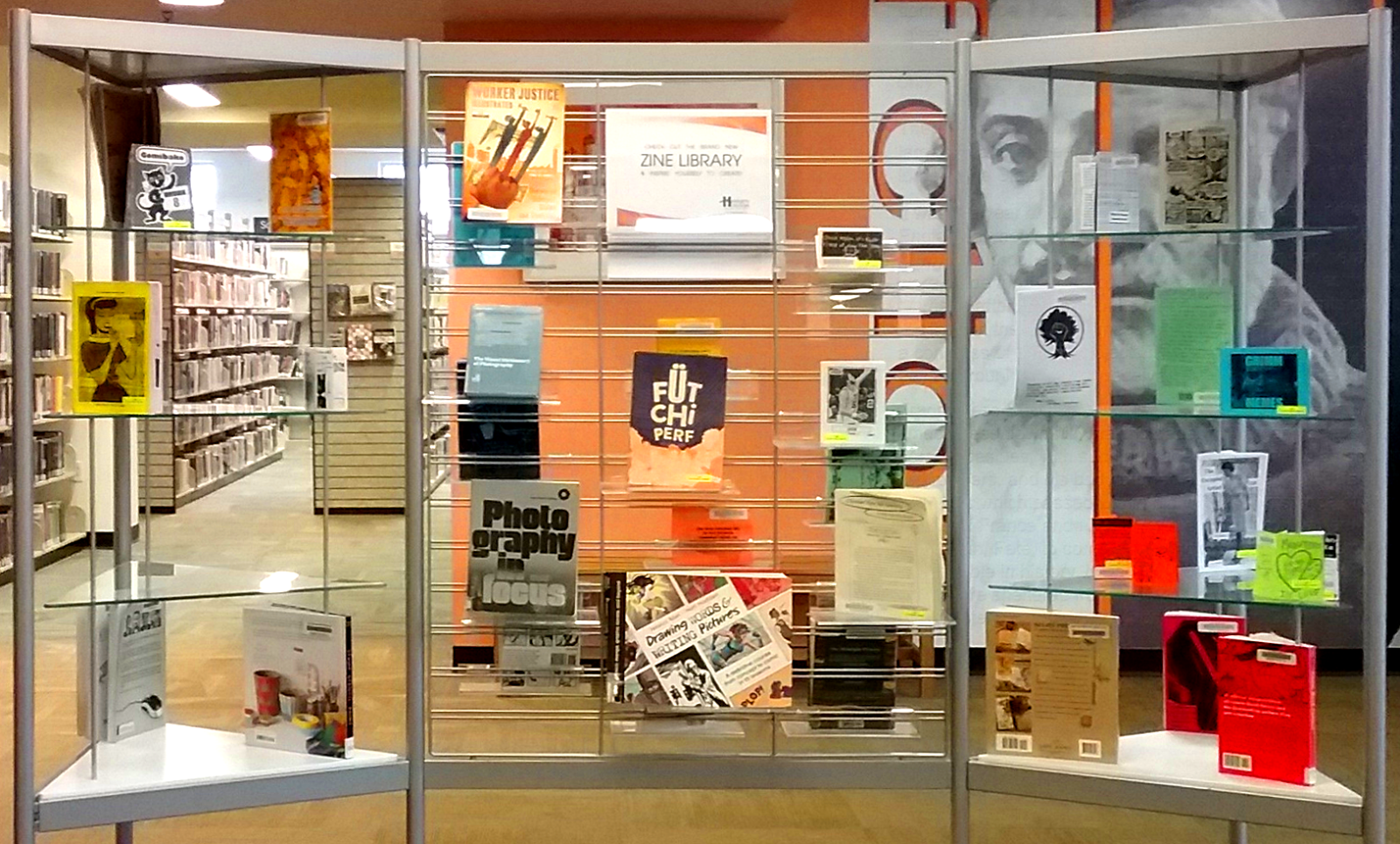Sent to you by Jack via Google Reader:
Common themes, of course, can be recognized across the backcatalog of any established artist. In some ways, however, such signposts feel all the more prominent in Charles Burns' work. The artist has maintained a powerful sense of stylistic consistency across his output—both in terms of his approach to aesthetics and storytelling—that lesser artist find difficult to maintain over the course of a single story.
In this third and final part of our interview with Burns, we discuss the influences—both conscious and otherwise—on his singular artistic vision and how they influenced both his most famous book, Black Hole, and his more recent venture into the world of film, Peur(s) du Noir—a dark and haunting work that fits in perfectly alongside his better-known work.
Black Hole had a lot of single panel images that worked on their own.
Yeah.
Do you work from the images?
You know, it goes both ways. Primarily I'd say that my storytelling comes from writing, but sometimes there's this really strong, iconic image, and the ideas are based around that. If you think about Black Hole, if you don't have the woods, the story has a very different feeling to it. This environment, the way that it's drawn, is very important to the storytelling.
But you're not experiencing any Jim Woodring-like visions?
I try to pay attention to my subconscious mind and my dreams, but I've never really suffered from hallucinations.
I know your father was a scientist—was that part of the genesis of the story that inspired the short film?
Someone asked me that before, and I didn't have an answer. I thought about it before, and now I do have one. You were talking about the bed that has insects in it. When I was a kid, we moved around a lot, and at some point, I had this bed. It wasn't like a regular bed—it was more like a couch.
Like a futon?
Yeah, maybe something like that, and the material inside when you sat down made kind of crackling sound. I had a strong imagination, and on evenings when I was trying to fall asleep, I would hear this crackling sound. I'm not moving, but I'm hearing this crackling sound, so of course I'm thinking there's something in there, like insects.
Is there something specific to that story that lends itself well to doing an animated film, versus a comic?
The guideline was that it had to be in black and white, and that is was about fears of the dark. It's a horror story and there was a certain length to it—between 15 and 20 minutes. This seemed like it fit. It was also just a matter that I wanted to go back to this story.
The fear of the dark is an incredibly central theme to the story.
Yeah, of course, and in every horror story, really. It was interesting too, working on it, that there were a lot of visual links between the stories. We didn't know exactly what the entire story would be, but it was interesting to see all of the similarities.
Beyond the darkness, what other themes hold the pieces together?
There's the whole fear of the physical body, which I always come back to [laughs]. There are just funny little things, like the specimen in jars.
That has to be one of the most terrifying concepts for a horror story—this idea of losing control of yourself. That played a huge role in Black Hole. It also plays a big role in the animated piece.
Yeah, absolutely. The guy wakes up and he's tied up and has a little cut on his hand.
Yeah, and Black Hole, which has the people slowly turning into monsters.
Oh yeah, right, right. With Black Hole, there are so many things I like about that idea of transformation where someone can wear their clothes and hide their affliction, whereas, if someone has it manifest itself on their face, they can't possible hide it.
And in those terms, Black Hole has its roots in very real diseases.
Sure, sure.
Did those play a role in the writing of the story?
Well, there are some things that are much more—you've got the idea of the girl that slips out of her skin. At that age, you've got the idea of wanting to transform yourself and becoming a new person. I like that idea. The extra idea—there's Burroughs again. The whole idea of the talking asshole.
From Naked Lunch.
Those sort of things played a role.
Would you work on another one of these projects, if the opportunity presented itself?
I'd be interested in working on other projects, but again, this piece was so unusual, in terms of the freedom we were allowed. And also, a major motivation was working with the other artists I admired.
–Brian Heater
Things you can do from here:
- Subscribe to The Daily Cross Hatch using Google Reader
- Get started using Google Reader to easily keep up with all your favorite sites





No comments:
Post a Comment